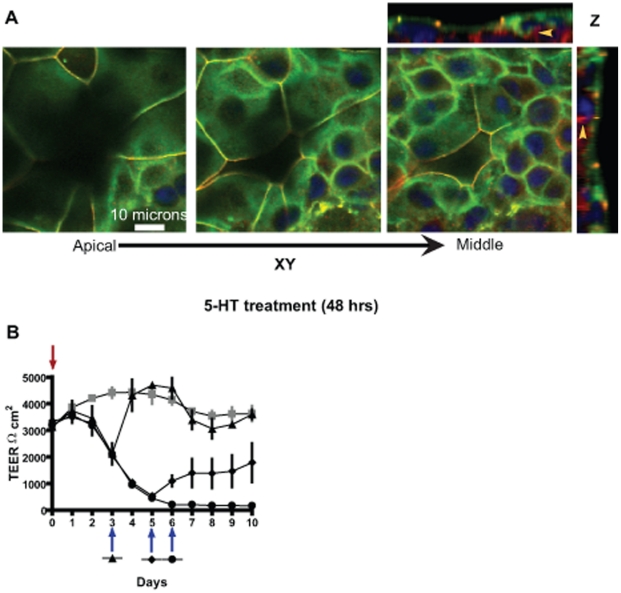Figure 4. 5-HT–mediated disruption of epithelial tight junctions is reversible in a time dependent manner.
(A) Confocal images of MCF10A Transwell® cultures treated with 5-HT for 48 hours. Representative serial XY sections and Z-section are depicted. The cultures were stained for tight junction proteins occludin (green), ZO1 (red) and nuclei (blue). The serial sections show that the holes left behind by shed cells are lined underneath by differentiated cells, forming tight junctions with their neighbors. The underlying cells also show increased ZO1 and occludin (yellow arrowheads). (B) Trans-epithelial electrical resistance (TEER - Ωcm2) measured on cultures left untreated (line with grey squares) or treated with 5-HT (line with filled triangle, circle and diamond). Red arrow indicates the time-point when 5-HT was added whereas blue arrow indicate the time-points when 5-HT was withdrawn for a particular experimental group. Early withdrawal of 5-HT leads to a full recovery. However, prolonged exposure to 5-HT cause a loss of TEER recovery capacity of the epithelium.

